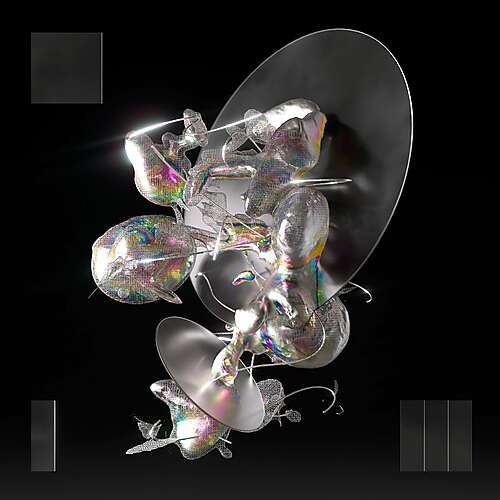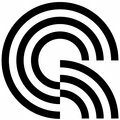David Bird
David Bird
country: USA
genre: Electronic, Experimental
styles: Glitch, Cello, Ambient

Wire Hums
 LP
LP
Spotify Bandcamp Soundcloud
Reviews and Comments
On Wire Hums, NYC & Chicago-based composer David Bird embarks on a mission to deconstruct the cello’s familiar and tangible nature, resulting in a fresh repurposing and reimagining of this iconic instrument. Using generative and algorithmic procedures to push a physically modeled cello to its limits, Bird obliterates the lines between real and unreal, physical and digital, order and chaos.
As a teenager, David Bird tried his hand at learning the cello. During a practice session, he placed the instrument on an unstable surface, causing it to slip from its position and collide with the floor. The sound of the neck snapping and the bridge collapsing echoed through the room and etched itself into his memory. The unexpected moment offered a new way of thinking about the instrument, not as a composite but as an assemblage of elements and materials - foreshadowing the sounds and concepts explored in Wire Hums.
With track titles drawn from multiverse concepts in physics and science fiction, Wire Hums guides listeners through an inventive and intricately textured digital soundscape. Yet, at its core, one can picture its creator, fascinated yet again by the timbre, power, and fragility of a newfound instrument. There are naive explorations of the instrument in “Wavetable,” frustrated practice attempts, as in “Iteration (Twin World),” a woody dissection of the instrument in “Quilted,” and a strange digitally-mediated resolution in “Superposition." Throughout these works, Bird’s efforts to push into new sonic domains are carefully tethered by a sense of familiarity and an etude-like restraint.
Bird credits his algorithmic tools as collaborators on this project, and the album offers a captivating amalgamation of drone, glitch, pulse, and microtonal harmonies reminiscent of his previous works Mirrors and Iron Orchid. Unlike those works, which focused on manipulation of recorded sounds, Wire Hums is entirely digitally synthesized, giving Bird more control over the manipulation of the material and resulting in ever-unexpected and uncanny sonic textures.
He is a founding member of the New York-based chamber ensemble TAK and collaborates with Qubit New Music, a non-profit group that curates and produces experimental music events in New York City.






